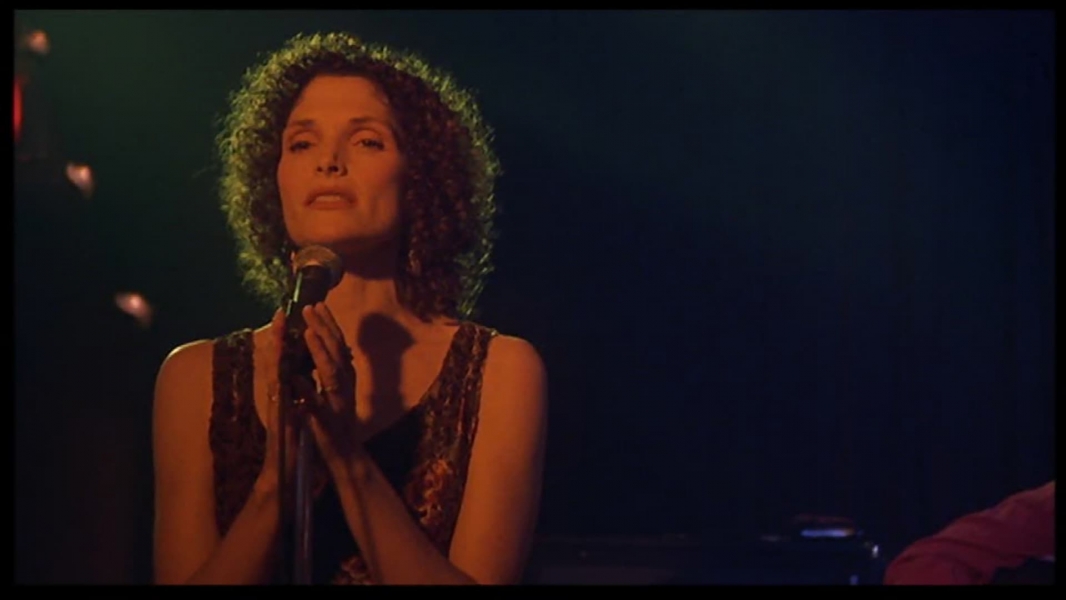

It is generally accepted, however, that the first two cantos serve as a unitary prologue to the entire epic, and that the opening two cantos of each cantica serve as prologues to each of the three cantiche. An initial canto, serving as an introduction to the poem and generally considered to be part of the first cantica, brings the total number of cantos to 100. The Divine Comedy is composed of 14,233 lines that are divided into three cantiche (singular cantica) – Inferno ( Hell), Purgatorio ( Purgatory), and Paradiso ( Paradise) – each consisting of 33 cantos (Italian plural canti). Structure and story ĭante gazes at Mount Purgatory in an allegorical portrait by Agnolo Bronzino, painted c. The adjective Divina was added by Giovanni Boccaccio, owing to its subject matter and lofty style, and the first edition to name the poem Divina Comedia in the title was that of the Venetian humanist Lodovico Dolce, published in 1555 by Gabriele Giolito de' Ferrari.Įrich Auerbach said Dante was the first writer to depict human beings as the products of a specific time, place and circumstance, as opposed to mythic archetypes or a collection of vices and virtues, concluding that this, along with the fully imagined world of the Divine Comedy, suggests that the Divine Comedy inaugurated realism and self-portraiture in modern fiction.

The work was originally simply titled Comedìa ( pronounced, Tuscan for "Comedy") – so also in the first printed edition, published in 1472 – later adjusted to the modern Italian Commedia. In the poem, the pilgrim Dante is accompanied by three guides: Virgil, who represents human reason, and who guides him for all of Inferno and most of Purgatorio Beatrice, who represents divine revelation in addition to theology, grace, and faith and guides him from the end of Purgatorio onwards and Saint Bernard of Clairvaux, who represents contemplative mysticism and devotion to Mary the Mother, guiding him in the final cantos of Paradiso. Consequently, the Divine Comedy has been called "the Summa in verse". Dante draws on medieval Catholic theology and philosophy, especially Thomistic philosophy derived from the Summa Theologica of Thomas Aquinas. Allegorically, the poem represents the soul's journey towards God, beginning with the recognition and rejection of sin ( Inferno), followed by the penitent Christian life ( Purgatorio), which is then followed by the soul's ascent to God ( Paradiso). The poem discusses "the state of the soul after death and presents an image of divine justice meted out as due punishment or reward", and describes Dante's travels through Hell, Purgatory, and Heaven. It is divided into three parts: Inferno, Purgatorio, and Paradiso. It helped establish the Tuscan language, in which it is written, as the standardized Italian language. The poem's imaginative vision of the afterlife is representative of the medieval worldview as it existed in the Western Church by the 14th century. It is widely considered the pre-eminent work in Italian literature and one of the greatest works of world literature. 1308 and completed around 1321, shortly before the author's death. The Divine Comedy ( Italian: Divina Commedia Italian pronunciation: ) is an Italian narrative poem by Dante Alighieri, begun c.


 0 kommentar(er)
0 kommentar(er)
